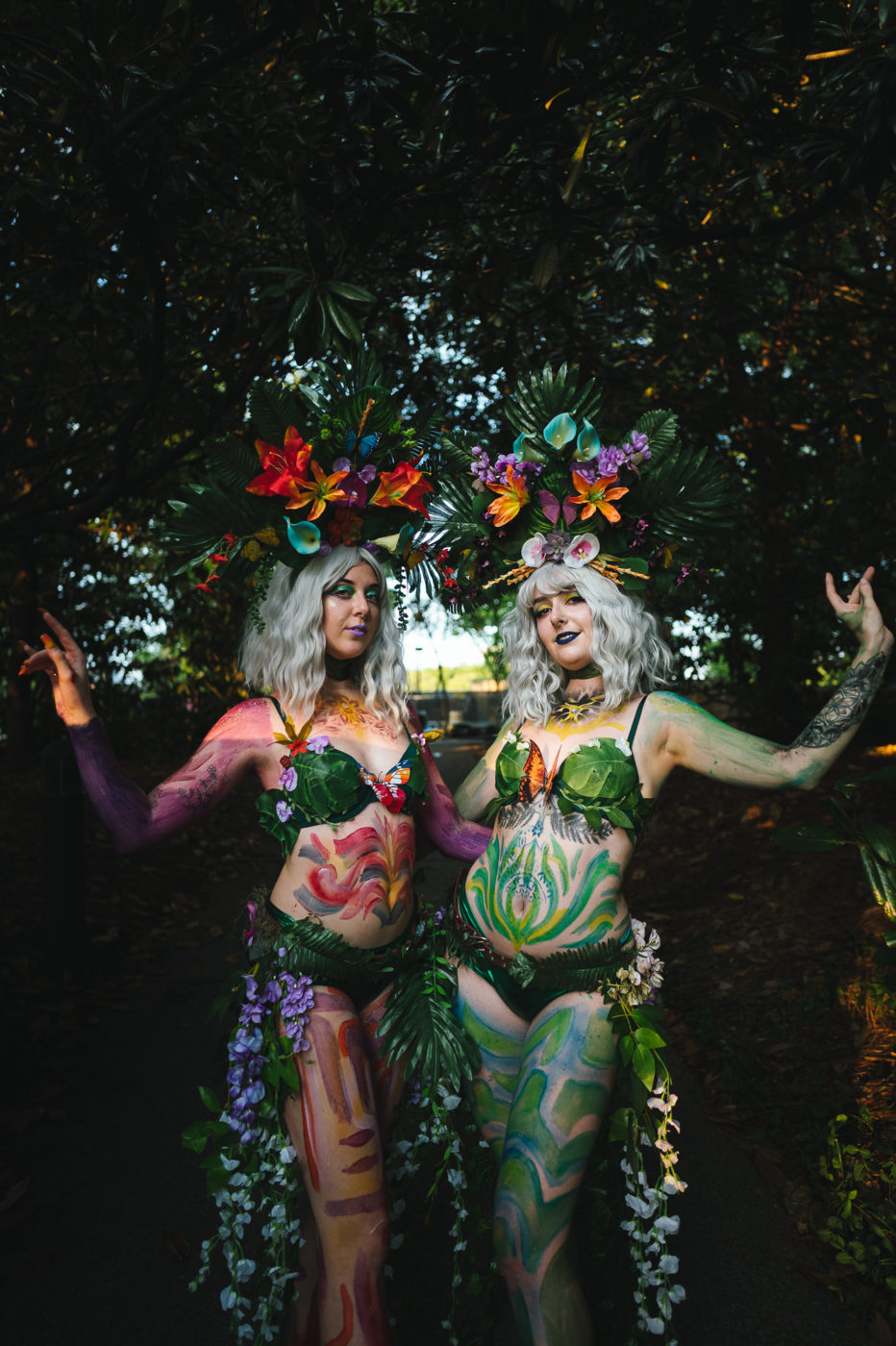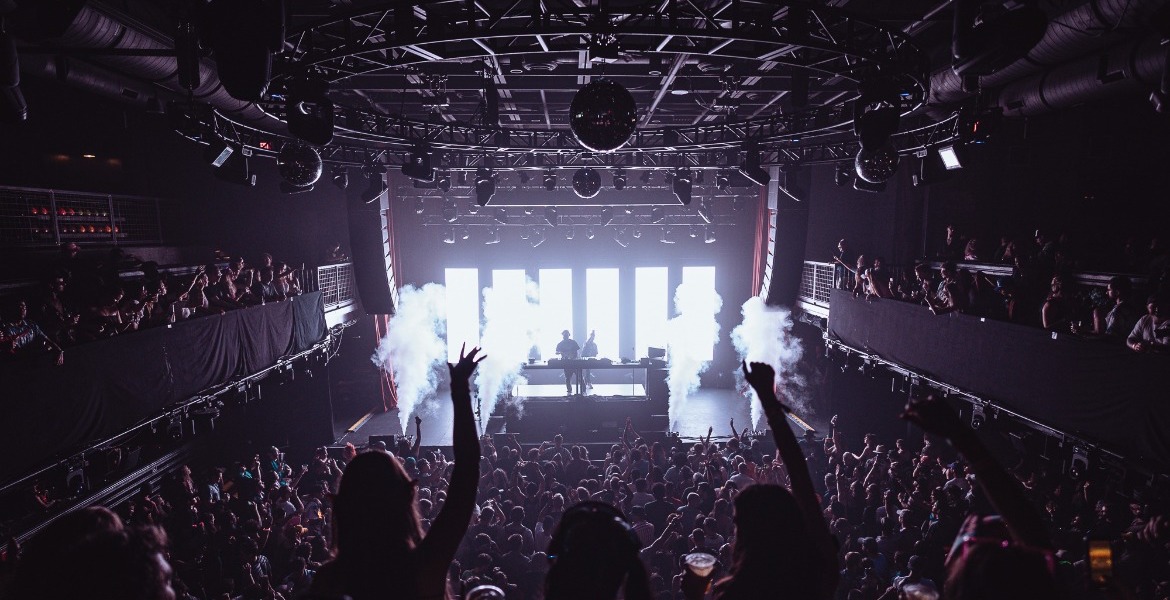Written by Rebecca Hollman
Photos by Casey Mabry (@casey_mabry)
Last weekend saw another successful iteration of Deep Tropics in Nashville, Tennessee. This small festival might not yet be on your radar but it is making waves in the Southeast with its interesting take on green/sustainability initiatives. Hopefully Deep Tropics can be a leader in the festival industry, paving the way to teach other festivals how to reduce the environmental impact of their events. Besides being a steward for the environment, Deep Tropics also just happens to have a banging lineup every year – you love to see it. More festivals should be taking a page from Deep Tropics book – running a high-end festival with top talent that leaves attendees happy while also producing minimal waste and environmental impact.

The Lineup
Let’s start first with what most people care about at a festival – the lineup. All other things aside, the lineup at Deep Tropics caught my eye months in advance. Considering that this is a pretty small two day festival, the lineup really packed a punch. The artists curated for this year’s lineup either spoke to the house lovers or the bass heads (and maybe the few people out there who really love both). The main stage (the Meru Ampitheater) saw a packed house lineup with a surprise last minute addition special guest, Chris Lake. Others on the Ampitheater included Le Youth, Marsh, Vintage Culture, Tchami, Snakehips, AMTRAC, Ben Böhmer, and Wax Motif. The Lotus Stage was full of the best of the weird and wubby bass artists like Ravenscoon, LSDream, Tsuruda, Ivy Lab, Of the Trees, Chee, and Sumthin Sumthin. Emancipator closed out the Lotus Stage on Friday bringing the one set all weekend on that stage that wasn’t bass. The Congo Soundsystem stage hosted smaller and more local acts from the Southeast including Otica and Bobi Stevkovski from Atlanta.

The Stages
Now let’s talk about the stage setup, the light production, and the sound quality. These three factors are factors that people tend to look over but influence the quality of the festival more than anything. It could be my most favorite artist in the world, but if the sound quality and stage setup is bad, then I’ll have a hard time enjoying the set. Deep Tropics did a great job with their stage production, considering the festival was at the Bicentennial Park in downtown Nashville and so was on a relatively small area. I was worried there might be noise bleed between stages, especially the Lotus Stage and the Congo Soundsystem which were worryingly close together. However, the way they staged the speakers around the Congo Soundsystem in a circle facing back in towards the crowd and stage isolated the noise to a small area pretty effectively. Considering Deep Tropics is a relatively small festival, I thought the sound quality might not be great but I was thoroughly blown away by both the sound and light production of all three stages. The only downside was that the crowd at the Lotus Stage got big enough that it started to wrap around the sides and back of the merch tent and the sound booth, making it harder to hear and see if you were in the back. The Meru Ampitheater stage was the largest stage and was built in an already existing ampitheater. The terraced ampitheater was made of both grass and concrete and had two main stairs going down. The top level of the ampitheater had bars and easy access to water stations and bathrooms. This stage was ample enough for the crowds that were in there and it was great acoustically to be able to hear and see the sets – you could even see some of the downtown Nashville skyline!
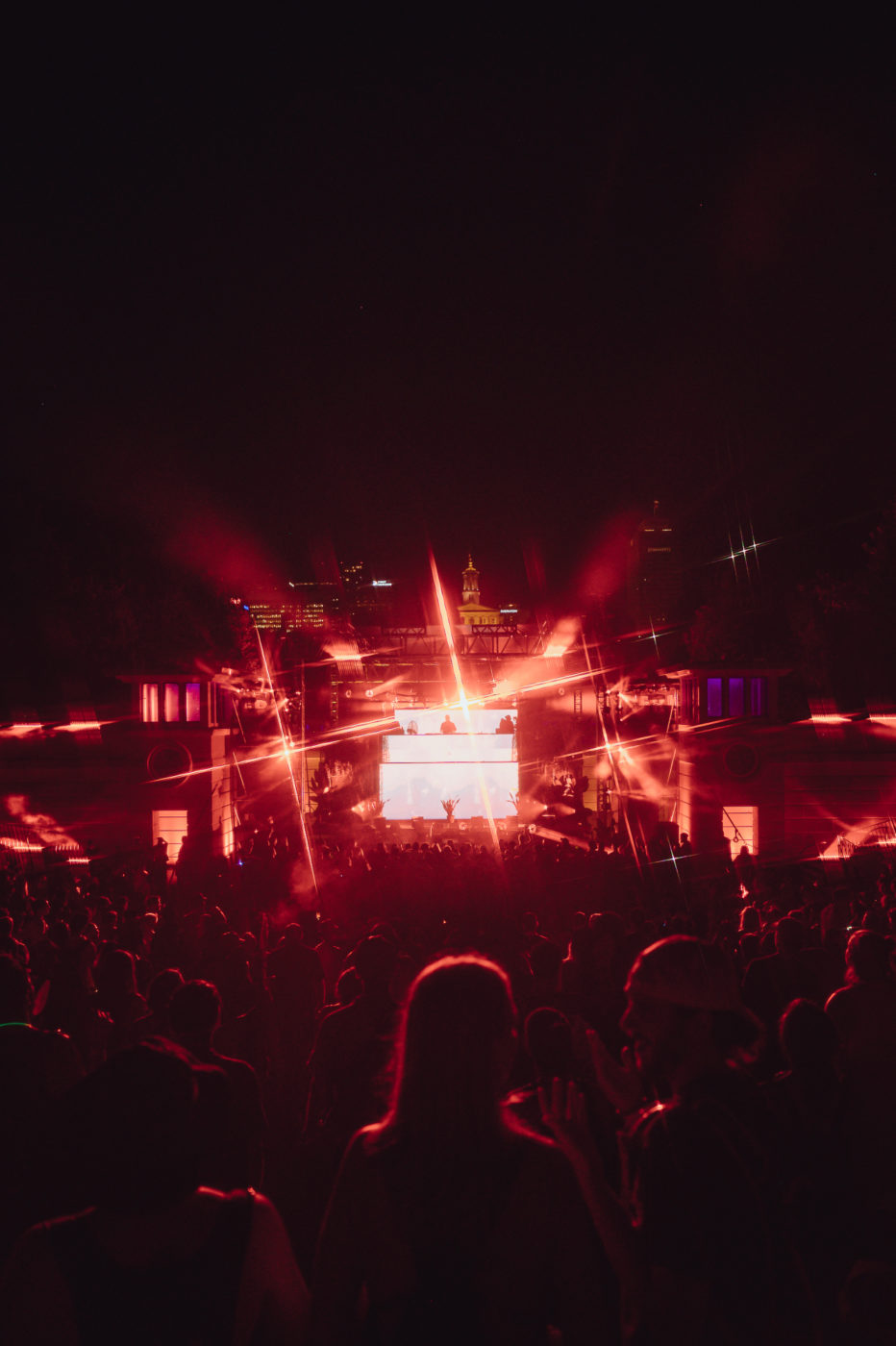
The Vendors
The festival had a long strip of vendors on the side of the festival where all of food and clothing vendors were. The official merch tent was not in this vendor row and was instead in the big field by the Lotus Stage. I wish that the merch tent had been on the opposite side of this field as it created a barrier at the Lotus Stage where the crowd couldn’t keep expanding backwards. More people liked the bass stage then they were expecting! The food vendors consisted of food trucks with multiple different food options, including plenty of vegetarian and vegan options. They even had an iced coffee truck – your girl was in heaven! None of the food vendors were allowed to serve single-use plastic so all of the silverware, napkins, plates and straws were compostable. There were no trash cans on site – everything was either recyclable or compostable! Drinks were sold in aluminum cans (which were recyclable) or reusable plastic Deep Tropics cups which could then be recycled at the end of the weekend. There were also a handful of other vendors including vintage/thrift clothes, hula hoops, and a lady who would braid your hair with colorful fake hair for you – one vendor even had a goat you could pet!
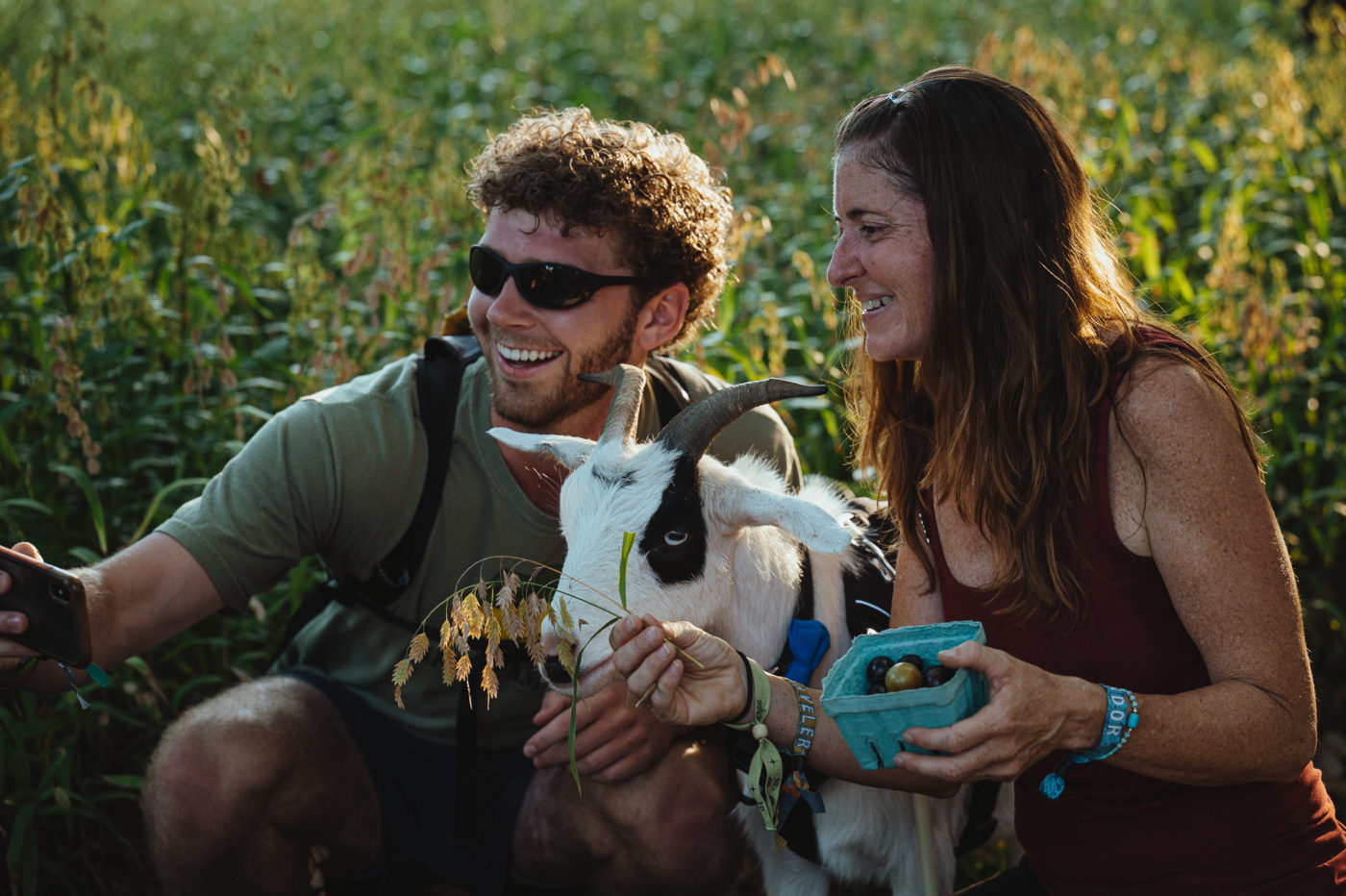
The Crowd
The crowd was a vibe. I wasn’t expecting Nashville to turn out like that since its not necessarily known for its house or EDM scene. However, the festival was full, the crowd was fun but not too rowdy, and there were a lot of good vibes to go around! A lot of people came in from out of town, especially from Atlanta, Birmingham and around the Southeast. Turns out Nashville has got a lot of really cool people!
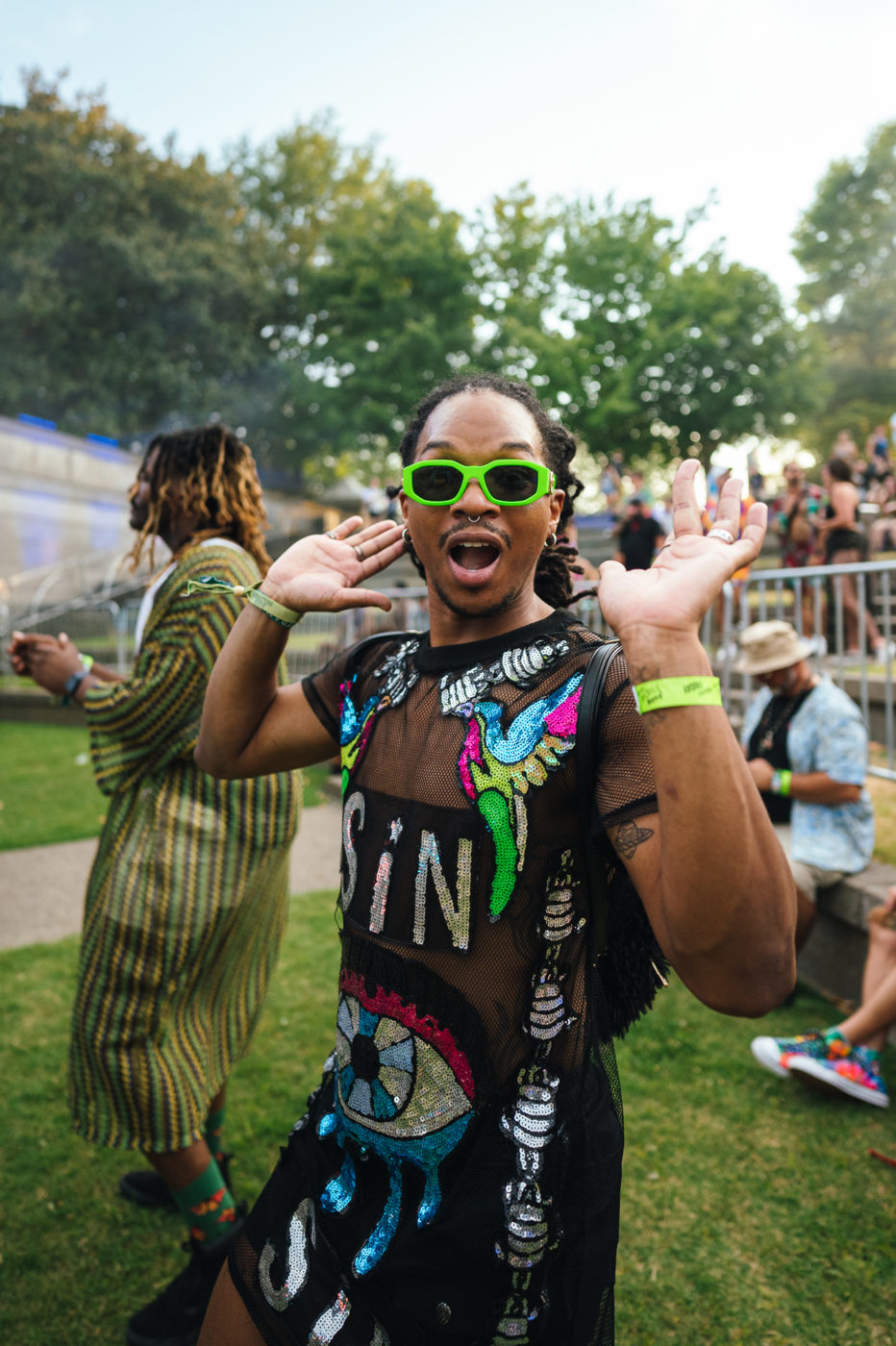
Sustainability Initiatives
The thing that sets Deep Tropics apart is their sustainability initiatives. From no single-use plastic onsite, to biodegradable hemp wristbands, to running off renewable energy, Deep Tropics has started the conversation about how we can make festivals more sustainable. The hemp eco-bands were only given to people who chose to “opt-in” and pay $20 more for their tickets. This also gave them some other perks including drinks and other goodies. I personally think that Deep Tropics should require everyone to use the eco-band next year and completely reduce the waste that comes from plastic fiber wristbands. Even if the biodegradable eco-bands are more expensive to make, then they should just add the $10-$20 surcharge to the price of the ticket. I think that this is an easy sustainable initiative that any festival could implement immediately and would make a large impact on waste reduction.
“Deep Tropics’ mission is to be the greenest festival in the United States. We are a climate positive event which simply means we create more energy than we use. These efforts are fueled by our non-profit organization Deep Culture, Inc which exists to curate experiences that activate transformation of self, community, and planet. In 2021, 79% of festival waste was prevented from entering the landfill. The proceeds from Green Disco Eco-Bands allowed us to plant 59,000+ trees in Kenya and help offset our carbon footprint. Many of Deep Tropics’ art projects are created from sustainable materials such as hempcrete & aircrete. Additionally, Deep Tropics has a zero waste initiative to ensure everything is either recyclable, compostable, or re-usable. Regenerative design is at the forefront of every aspect of the festival.”
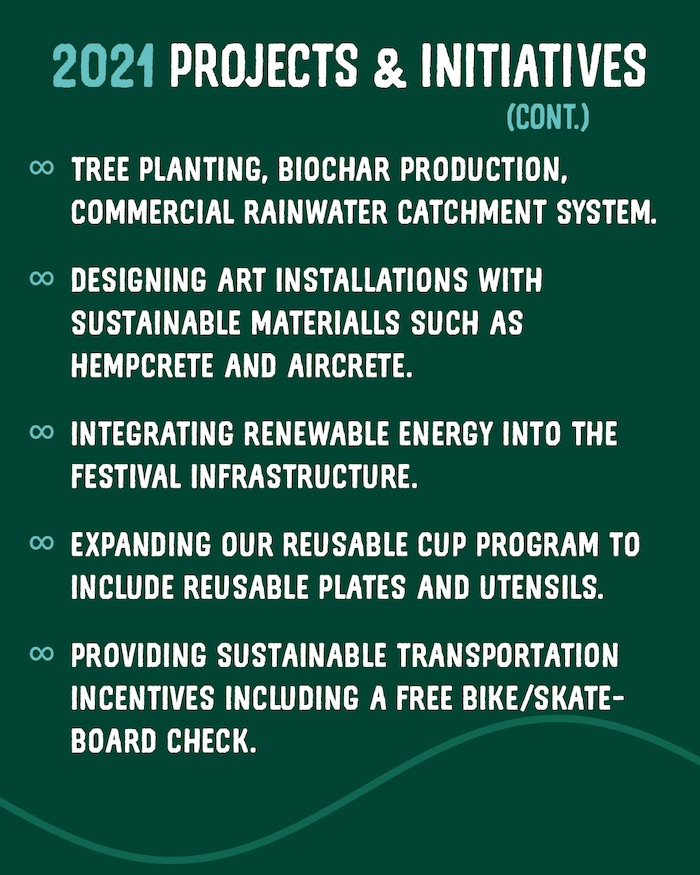

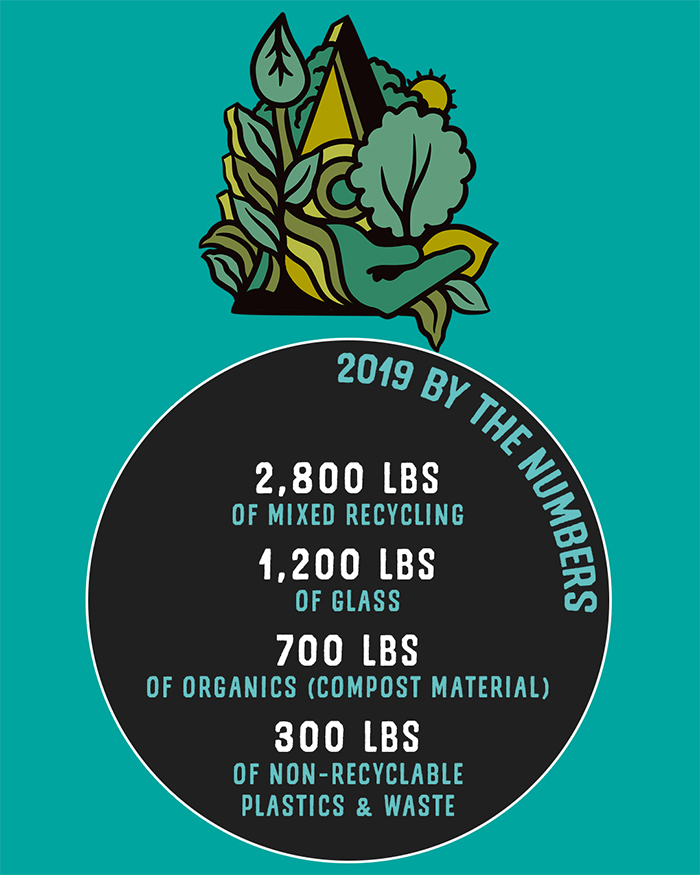
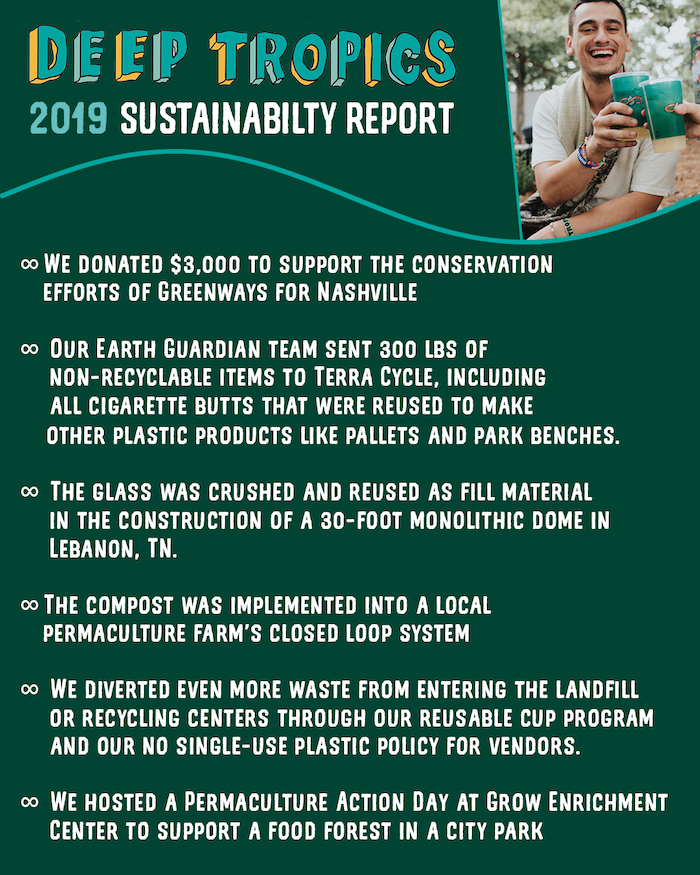
Late Night
Since the festival was a city festival in the center of downtown, noise ordinances required music to end at 11 PM every night. Deep Tropics made sure that it had a plethora of curated late night parties for people to attend who didn’t want the music to end just yet. They even offered a Thursday night pre-party for Nashville natives or people who traveled in from out of town earlier than others. The big Friday night after parties were Tripp St. at the Eastside Bowl and Ben Böhmer at Nightscape (which sold out very quickly). The Saturday late night shows were Wax Motif and Marsh at the Brooklyn Bowl and Rusko at the Skydeck. Rusko was a surprise addition to the late night choices and wasn’t even on the lineup!

